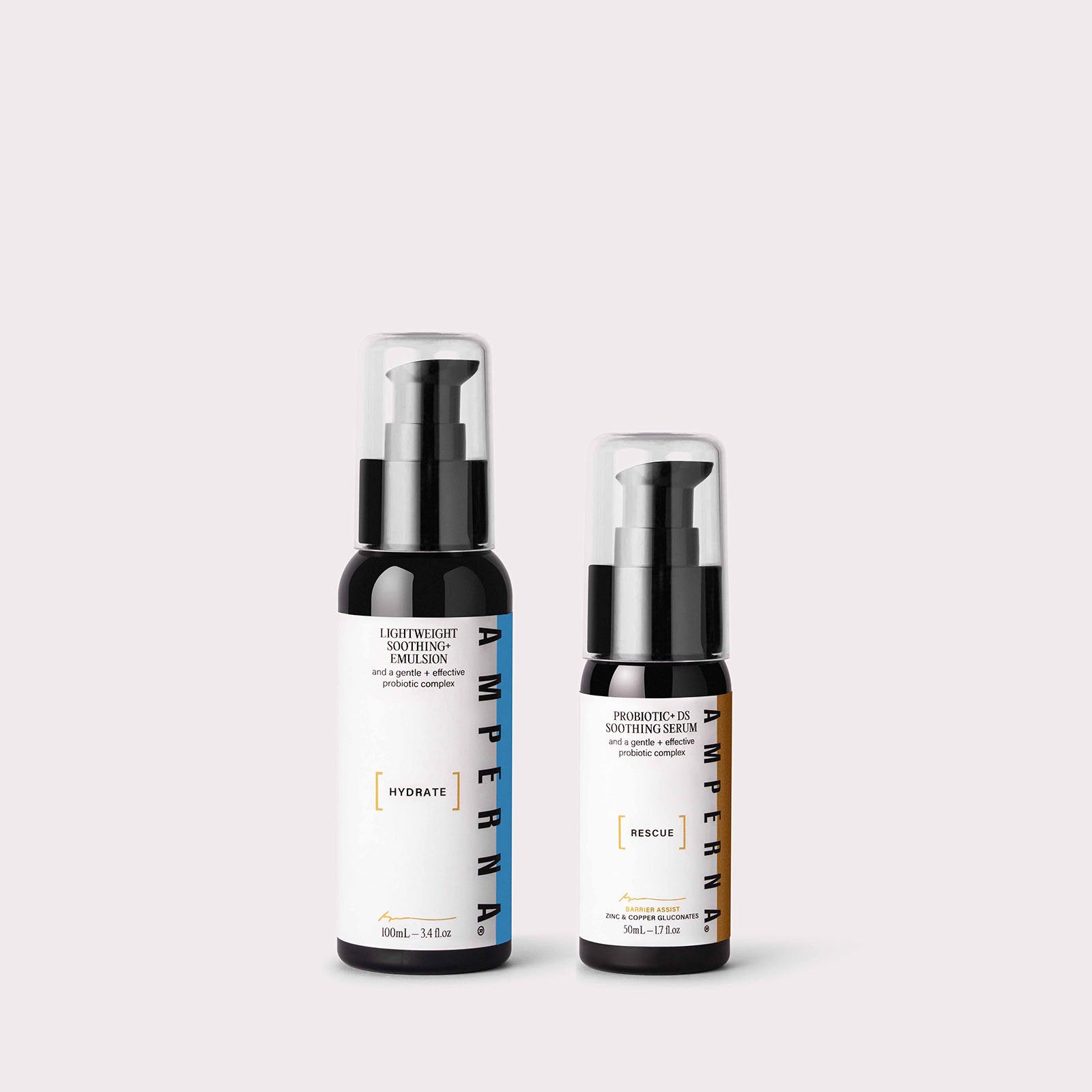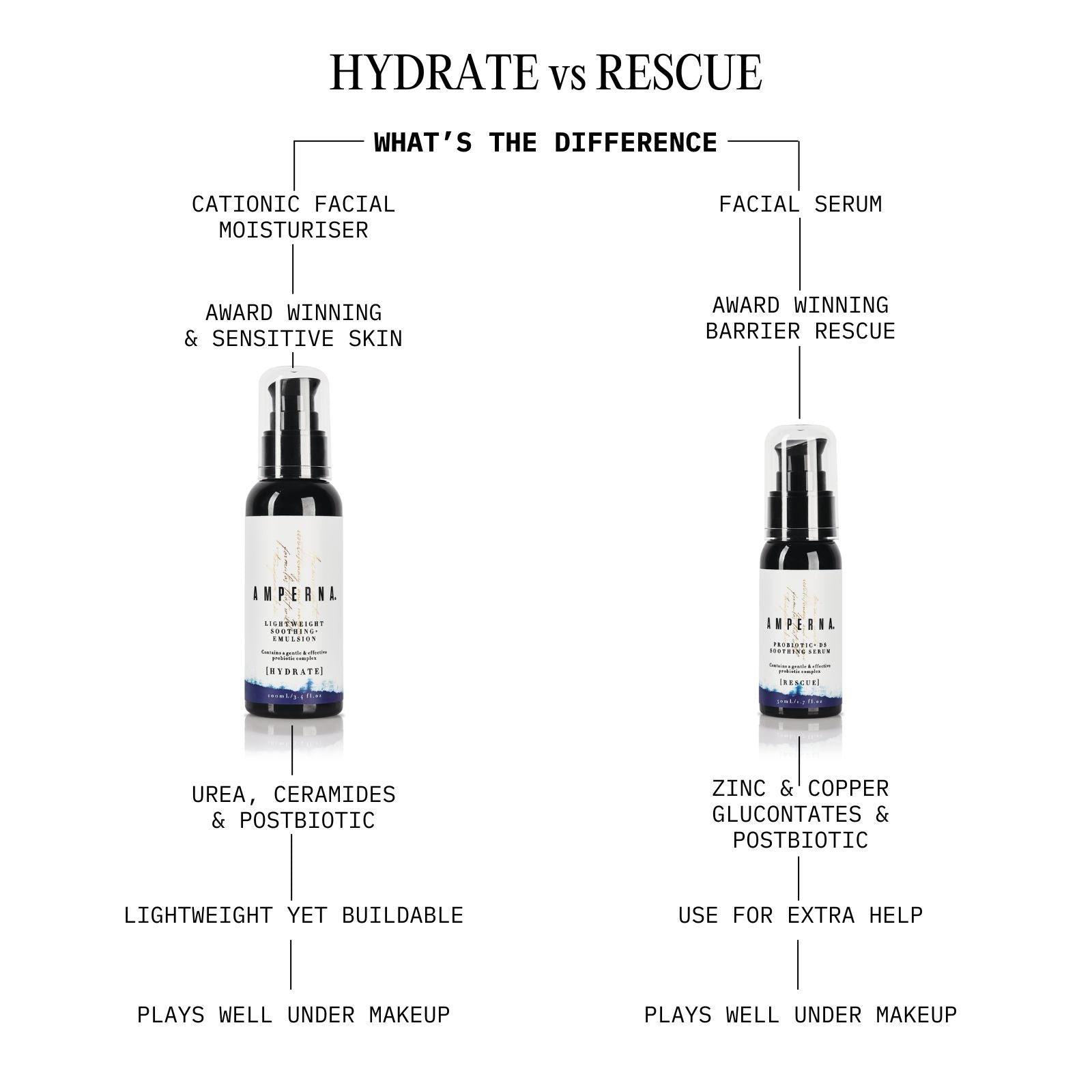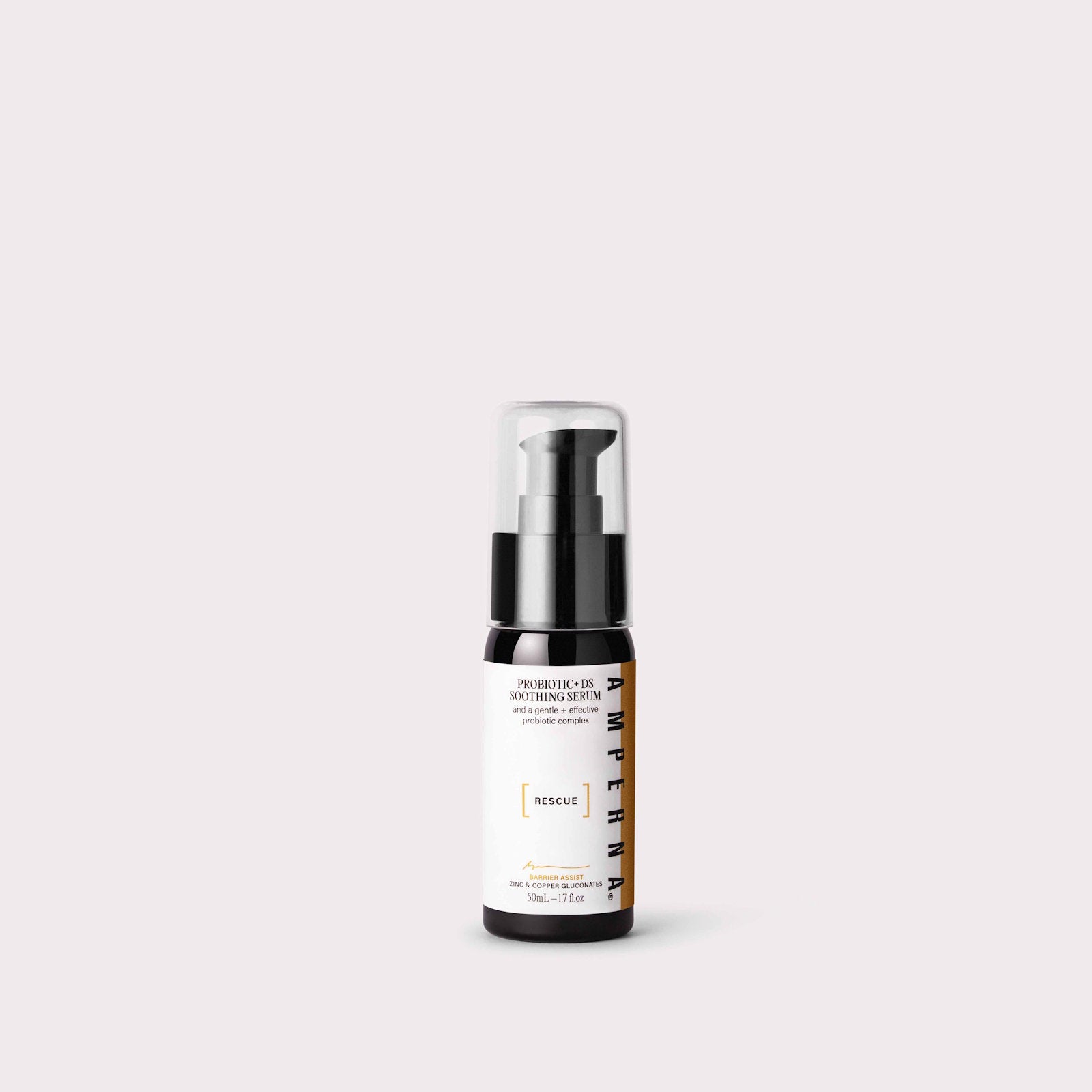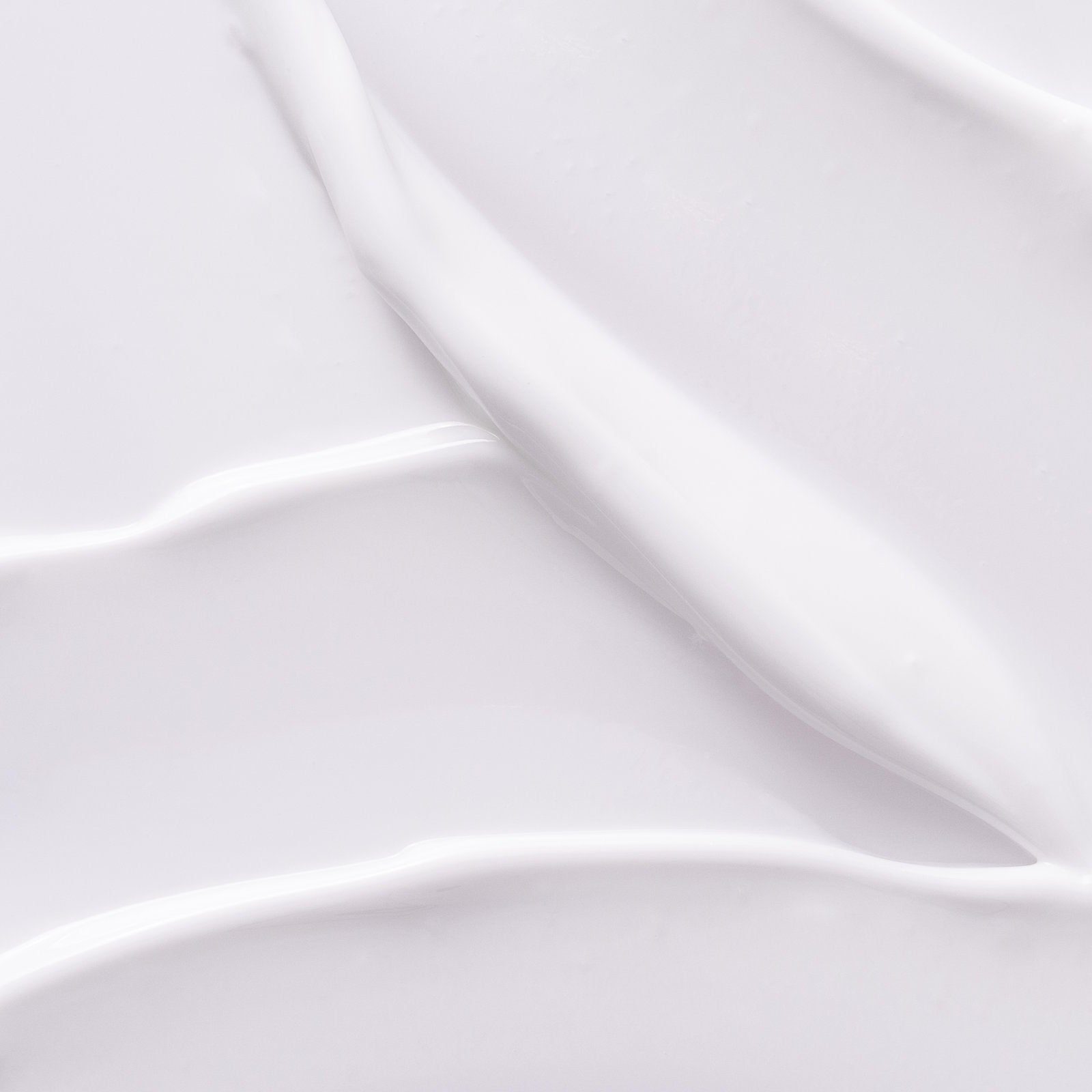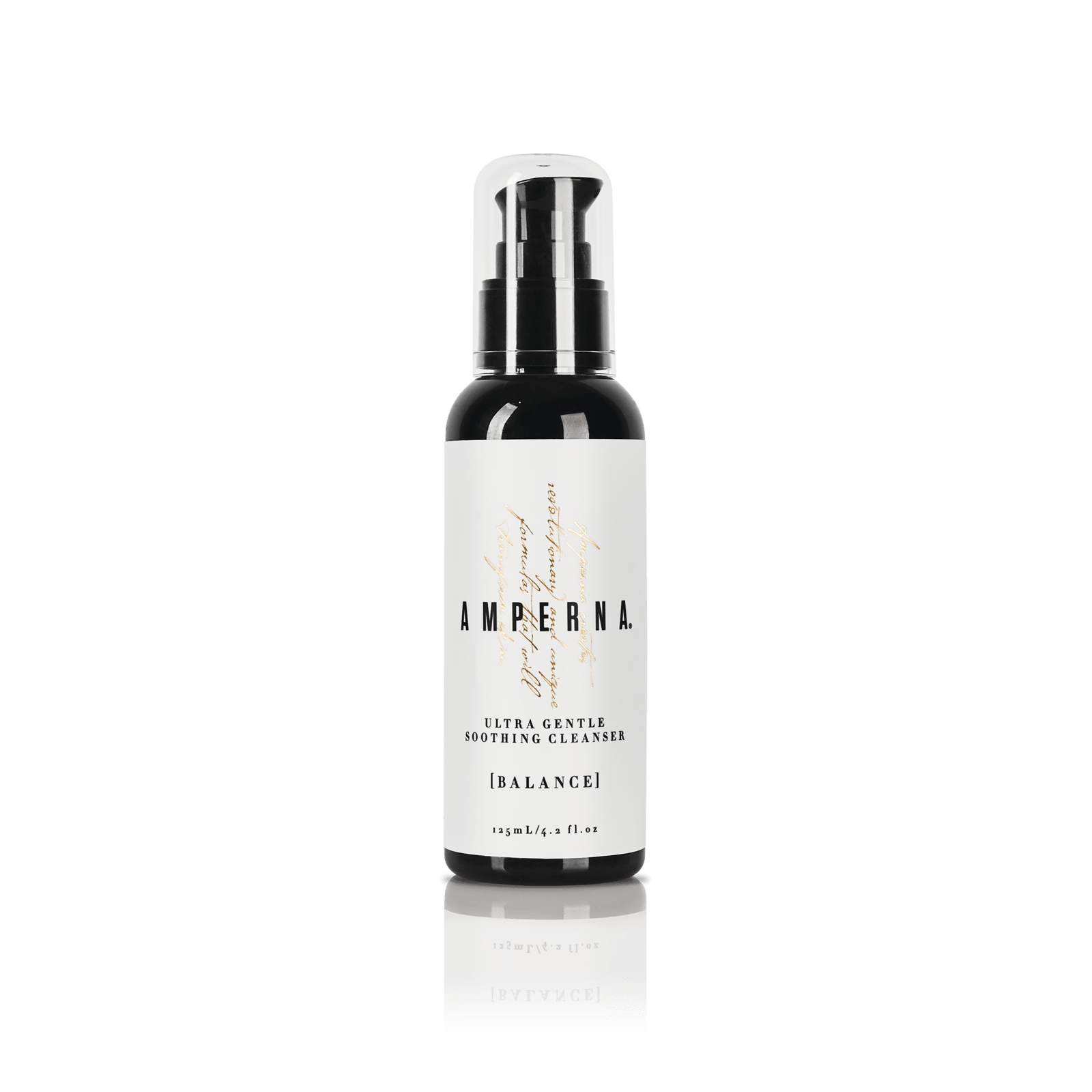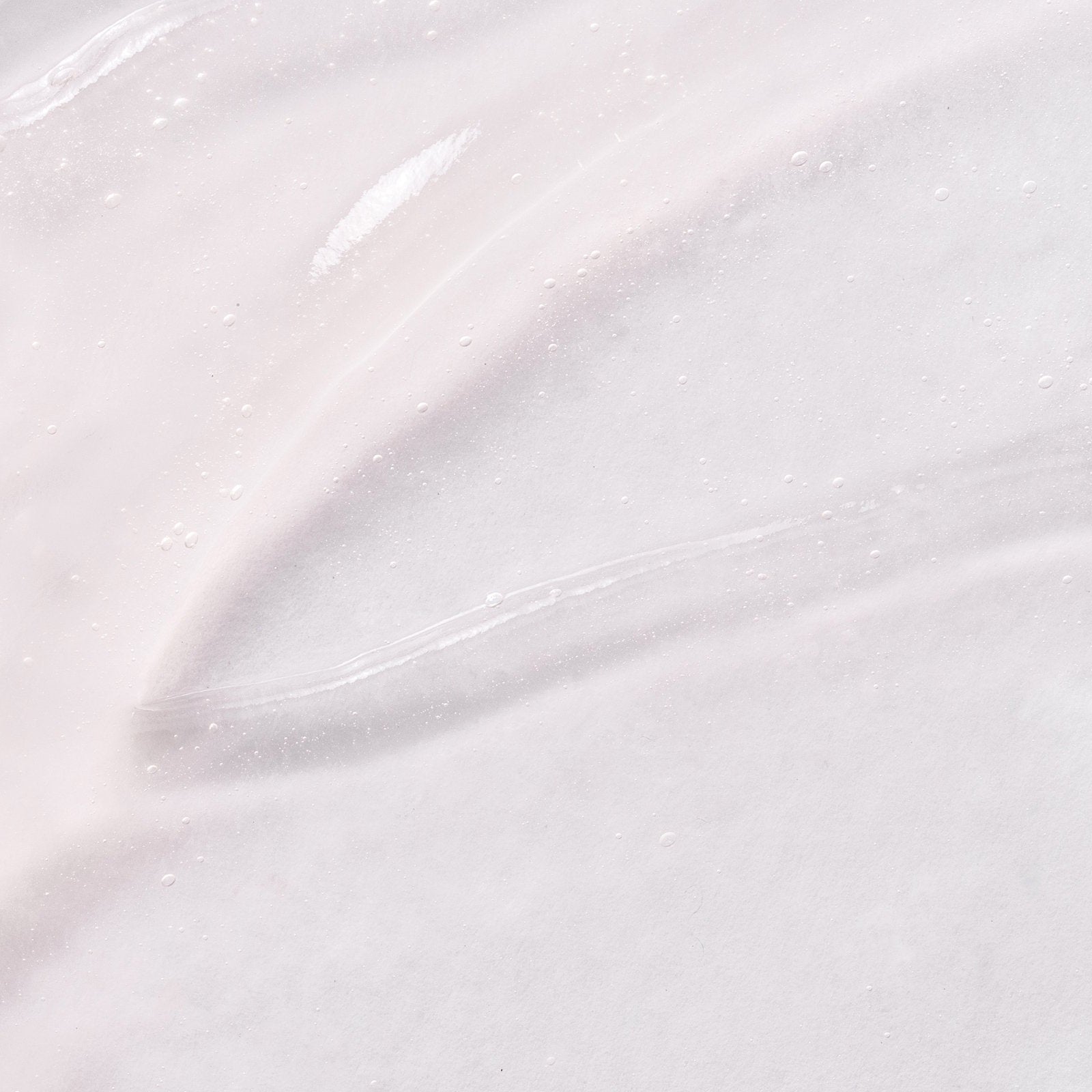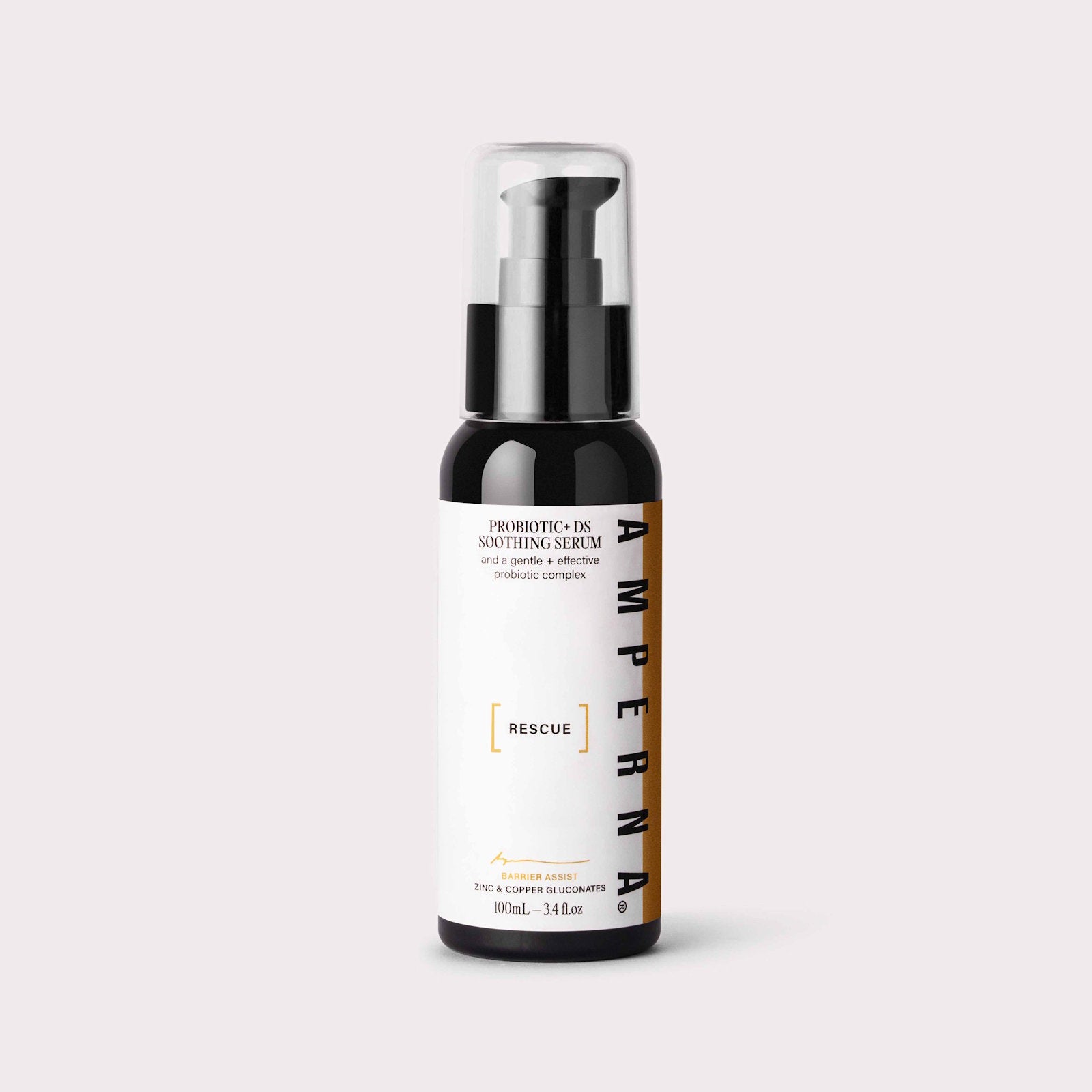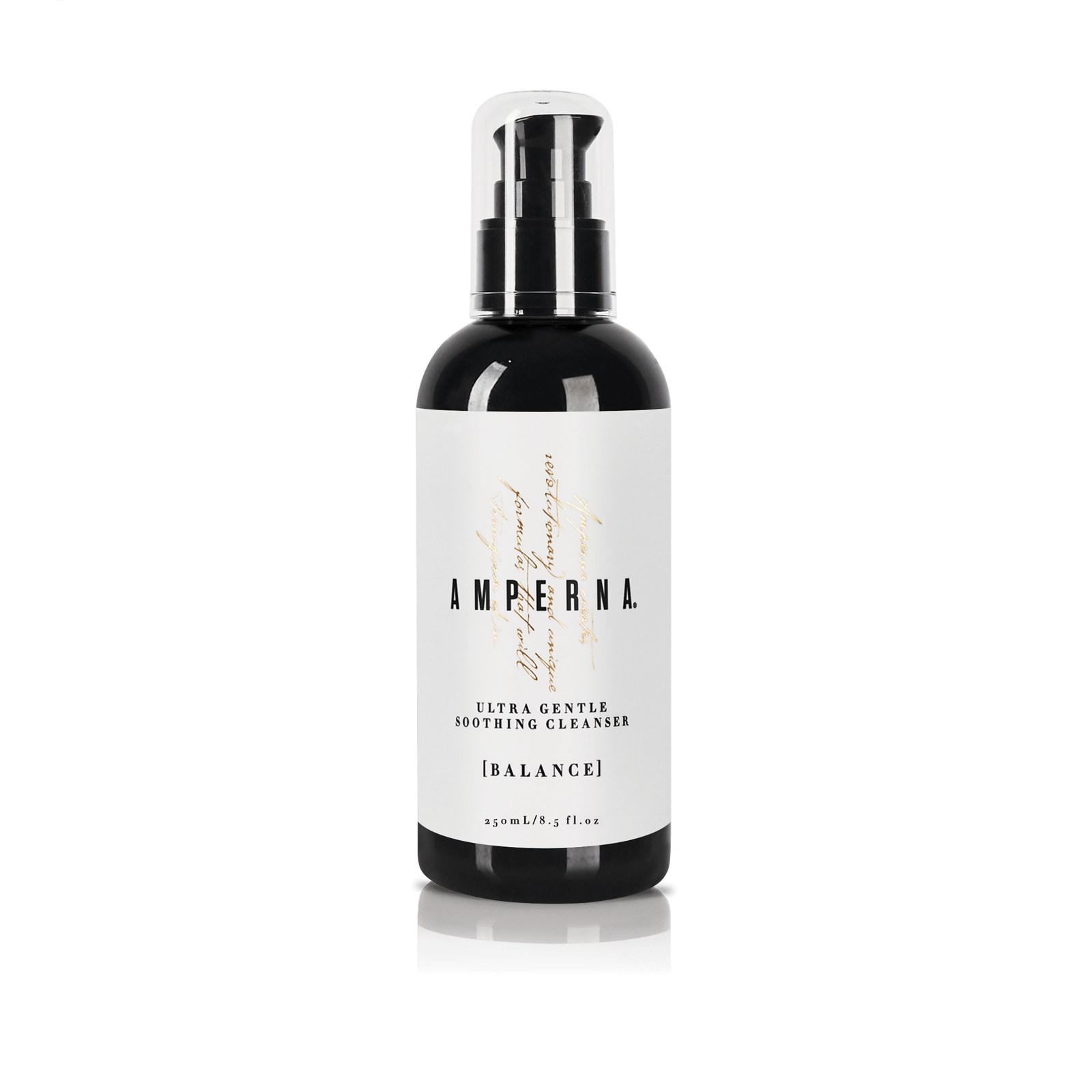The clean beauty movement has been evolving since the early 2000s and has really accelerated within the past three to four years. The beauty world is increasingly being swept ‘clean’, thanks to the latest formulas and innovations that focus as much on what they include as what they don’t.
The consumer demand for clean dovetailed with the rise of the broader wellness movement, specifically the “clean-eating” lifestyle that embraces unrefined and minimally processed foods. More & more consumers are making the switch to clean beauty products as more awareness is being brought to light on certain ingredients or chemicals that are harmful for our health.
Take a minute to think about your skin as if it were your stomach. Imagine eating a diet full of processed foods containing preservatives, stabilizers, artificial sweeteners, and filler ingredients like high-fructose corn syrup. Not only would you miss out on all the nutrients and antioxidants needed to maintain optimal health, but you would damage your gut by killing the positive bacteria that help absorb healthy nutrients.

It's the same way to think of your skin. If you’re using conventional beauty products with a ton of preservatives, fragrances, and stabilizers, you’re going to damage the skin’s microflora, which will impair your skin function and have a negative impact for skin quality and appearance.
At AMPERNA® we believe that if a product is intended to stay on your skin all day (like a moisturizer) and/or it’s covering a large surface area (like body lotion), then you should try to switch to a cleaner alternative.
Essentially, we believe a clean beauty product must satisfy these two main criterias
Clean ingredients
At its core, clean beauty means that you can use a product without risking your own health. The ingredients list must contain only safe, clean products free of hormone disruptors and carcinogens.
Transparent labels
When a beauty brand lists all of its ingredients and label accordingly, it is on the right path to clean beauty. However, not all brands are transparent.
One good example of lack of transparency in the beauty industry is including the word ‘fragrance’ on their label. Fragrance is not an ingredient, but since the industry is highly unregulated, companies can hide ingredients under the umbrella term “fragrance.”
Another example of non-transparent labels is misleading the consumer based on packaging. Brands can falsely label their products with buzzwords like “natural” and “eco” in order to capture the conscious consumer’s attention. This is called “greenwashing”. (More on that in a moment)

So What Does Clean Actually Mean?
Safe for people and the planet, clean means that a beauty product should have considered human and environmental health, using a nontoxic element as a baseline and plant-based ingredients for active results. Much like eating clean rejects the idea of processed foods and focuses on nourishing, plant-based produce that delivers all the vitamins and antioxidants needed for a healthy immune and digestive system, the same is true for clean skin care.
Does Clean Beauty Have to Be All-Natural?
For a long time, products containing only natural ingredients were considered the all-stars of clean beauty. “Preservative-free” is another buzz word surrounding natural beauty.
But the answer to your question is no, clean beauty doesn’t have to be all-natural.
It’s the twenty-first century, and the science of beauty has evolved to include a plethora of safe synthetics, safe man-made ingredients, and even safe preservatives.
As long as certain synthetic ingredients are non-toxic and proven to have no harmful effects, they can be incorporated into clean beauty products.
What Does Nontoxic Mean?
When a beauty product is labelled nontoxic, it means that the ingredients have not been shown to cause adverse health effects at the levels found inside the formula and for the intended use.
What Does Sustainable Mean?
It means that the ingredients on the inside of the package—including how those ingredients were sourced—and the packaging itself should not be harmful to the planet. Truly sustainable ingredients are those that are ethically sourced and proven to be safe for the environment, with sustainable or no-waste packaging being defined as glass packaging, biodegradable packaging, post-consumer recycled packaging, or the ability to recycle empty bottles appropriately.
What Does Vegan Mean?
A beauty product is vegan if it doesn’t contain any animal by-products or ingredients sourced from animals. Many people associate vegan with clean, but this is not the case. A product can be vegan and still contain chemical ingredients of concern.
What Does Cruelty-Free Mean?
A beauty product is cruelty-free if it has not been tested on animals anywhere along the manufacturing line or before being sold. It can also mean that any animal-derived ingredients were not extracted at the expense of an animal’s welfare. A beauty product can be cruelty-free but not vegan, and vice versa.
Say what!? Synthetic ingredients can actually be safer and more effective
There are the obvious natural culprits to steer clear of, like talc and then there are products to be wary of, like clay, which may be contaminated with toxic heavy metals. But it’s also imperative to look at the processing and sourcing of natural ingredients to ensure that they will be received by the body without a negative impact. Your expectation of a natural product may not always match the manufacturers’ use of the term, and with essential oils like lavender and tea tree, which have been linked to possible endocrine disruption, sometimes it can be more beneficial to opt for a safe synthetic ingredient.
“When it comes to synthetics versus natural, there are certain cases where a synthetic will not only prove to be ‘cleaner,’ but provide results in a more effective way than a non-isolated natural compound that is not 100 percent pure.
Now that’s all been covered where do consumers need to be wary?
Within the past two years, retail giants Sephora and Target for example have created icons to distinguish their “clean” products, based on their own lists of forbidden ingredients. Walmart and Amazon also debuted their clean skin-care lines last year.
But brands and retailers don’t always agree about which ingredients are problematic.
Which is when your Clean Beauty knowledge will comes down to the consumers hands. Clean beauty is also about making ourselves more aware. Since the beauty industry lacks regulation, it’s up to us to become familiar with the most common toxins in our skincare, beauty, body, and hygiene products.
That means the consumer (talking about you!) has a lot of responsibility to pay attention to what’s in your products.

Uncovering Greenwashing?
Greenwashing occurs when a company uses advertising and marketing to convey the false message that their products are good for you and/or the environment. Many companies want to appeal to conscious consumers who care about their health and sustainability.
Rather than implement practices to make healthier and environmentally friendly products, companies resort to greenwashing their products to capture consumers’ attention without delivering on their promises.
Companies can easily get away with using labels that mislead consumers because certain claims aren’t regulated by the FDA/TGA.
Aside from the lack of regulation, the FDA/TGA doesn’t even have standard definitions for most of the claims used on beauty products.
This means that cosmetic companies have full creative control about what they consider to be organic, natural, etc.
Claims to be cautious of:
- Organic
- All-natural
- No harmful chemicals
- Hypoallergenic
- Cruelty-free
My best advice is always do your own research before making your informed purchase.
Clean beauty simply doesn’t contain mystery ingredients, and clean beauty certainly doesn’t claim to be something that it’s not.
Ingredients to Avoid
Clean beauty is a spectrum, but a case can be made that some ingredients should be avoided altogether. Below, the most common beauty ingredients of concern & ones you should avoid:
- Parabens
- Fragrances
- Aluminium Compounds
- Ethoxylated Agents
- Refined Petroleum
- Hydrouinone
- Talc
- Trcilosan
- Silica
- Oxybenzone
Ingredients & Transparency at AMPERNA® Skincare
AMPERNA® is an Australian skincare brand committed to creating active products specifically formulated for even the most sensitive skin, so they can be used by everybody.
AMPERNA® founder Kiri Yanchenko personally struggled with adult acne (and perioral dermatitis). Sparked by serious underlying health issues, her skin went from normal to unbearable almost overnight. So began her search for a solution. Kiri’s skin reacted to many common irritants in skincare. She knew her skin needed help to return to its healthy balance. She was looking for an ultra gentle skincare range that contained key active ingredients, but couldn’t find one. Thus, AMPERNA® was born.
With the help of a likeminded chemist, Kiri spent the next few years researching, testing and developing the optimal skincare solution. After much back and forth, the pair finally uncovered the perfect set of formulas.
AMPERNA® skincare is holistic and effective, driven by Kiri’s deep personal understanding of the challenges faced by having problem skin. Our products contain only the necessary base ingredients plus skin-changing actives, such as our probiotic complex and our bio fermented oligopeptide, glycolic acid and vitamins B and C.
All formulations are free from nasties, including sulfates, parabens, aluminium, synthetic fragrance, synthetic colours and bleaches. AMPERNA® products are made in Australia and tested by real people in the real world.
When it comes to skin health, Kiri, founder of AMPERNA®, helps many people suffering from a variety of skin & health conditions. You can book a Holistic Skin Coaching Service to discuss your skin concerns and develop a tailored plan to work towards healthy skin.
References:
What does clean beauty mean? - The Washington Post
What Does “Clean Beauty” Mean in 2021? (thegoodfaceproject.com)
What Is Clean Beauty - How To Choose Natural and Organic Beauty Products (harpersbazaar.com)


